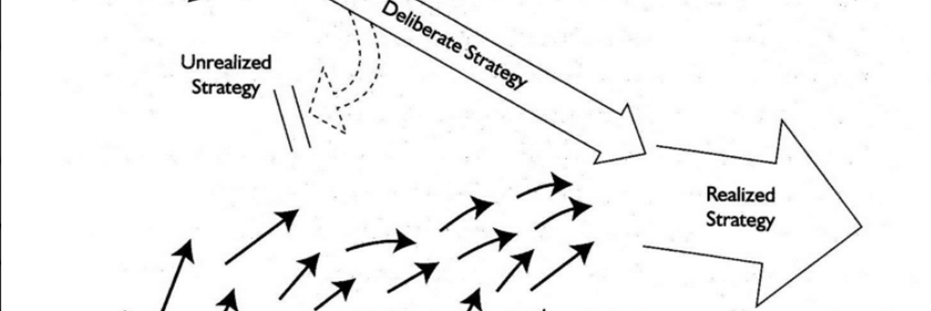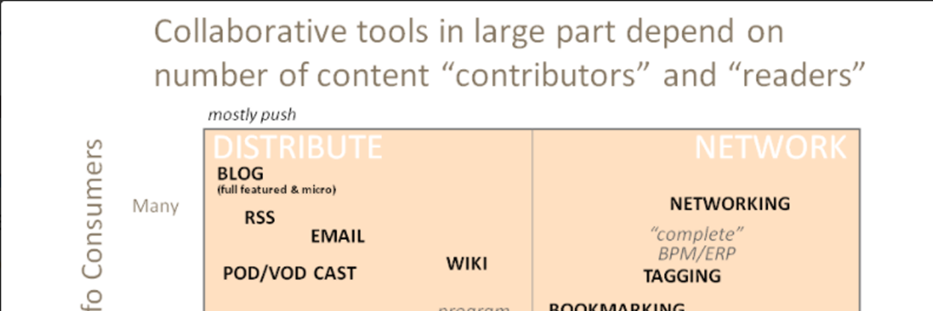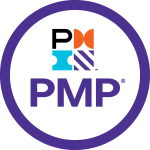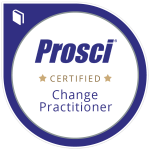Elements of Continuous Improvement

Elements of continuous improvement are based on analysis of 10 popular continuous improvement methodologies. We identified 28 common elements and grouped them into three lifecycle meta categories of Direction, Analysis and Execution. Based on our work to embed continuous improvement within a client, we share some of our approach thinking.
Safe Execution: Business-IT risk discussion

Getting away from C-I-NO! Discuss Business-IT risk more rationally by considering the 4A’s of Availability (of business processes), Access (by the right people), Accuracy (of the information) and Agility (of change). But the most critical element is start the dialogue with IT.
The Calculus of Capabilities- An integrated maturity model

We present two foundational, integrated maturity frameworks as a follow-up to our previous post “The Calculus of Capabilities“, where we explored various capability maturity models (CMMs) by reverse engineering nearly 20 common CMMs.
The Calculus of Capabilities

In The Calculus of Capabilities we explore the breadth of approximately 20 common capability maturity models (CMMs), and we observed from our reverse engineering the linkage between maturity-level and scope-of-involvement. We propose a 5-level progression as a CMM base framework.
Great Teams Require Great Communication

Great teams require great communication, as communications is highly correlated with team success. We developed an analytic frame to consider the number of contributors versus the number of readers. We then mapped current enterprise uses and common tools to illustrate “neighborhoods” of communication.
2012 Year-end Favorites- An Overview

One of our mostly-annual series of what we found as our favorites for the year. This year’s year-end favorite categories include Business + Economics, Management, Change Leadership, Book, Engagement, and Your Favorite Post (most visited)
What to do with the strategy-pak: A starter list

“Like most tools, our strategy-pak(sm) framework has little value unless you put it to use.” We present a starter list of potential uses (WHY) for our Strategy Pak(sm), including best practice checklist, common language, cascading linkages, and planning framework (strategy, strategic planning, analysis and vetting).
Change Leadership II- Understanding Kotter

We explore Kotter’s body of work, as well as a simple change management framework “The Change Formula” (Need for Change X Vision of Future X Steps > Natural Resistance to Change). We overview Kotter’s framework of 8 accelerators, and the necessity of the dual management operating system
Unpacking Strategy

This is 1st of a 3 article Strategy-Pak(sm) series. Based on our work to align a rapidly growing consultancy of experienced consultants for consistency, and applied clean-sheet to a pre-acquisition, publicly traded company. This article focuses on the overall architecture including a definition of strategy and its component parts
Best Thought Leadership in Social Business Elements for 2011

One of our mostly-annual series of what we found as our favorites for the year. Let us know if you want to be added to our year-end email list






